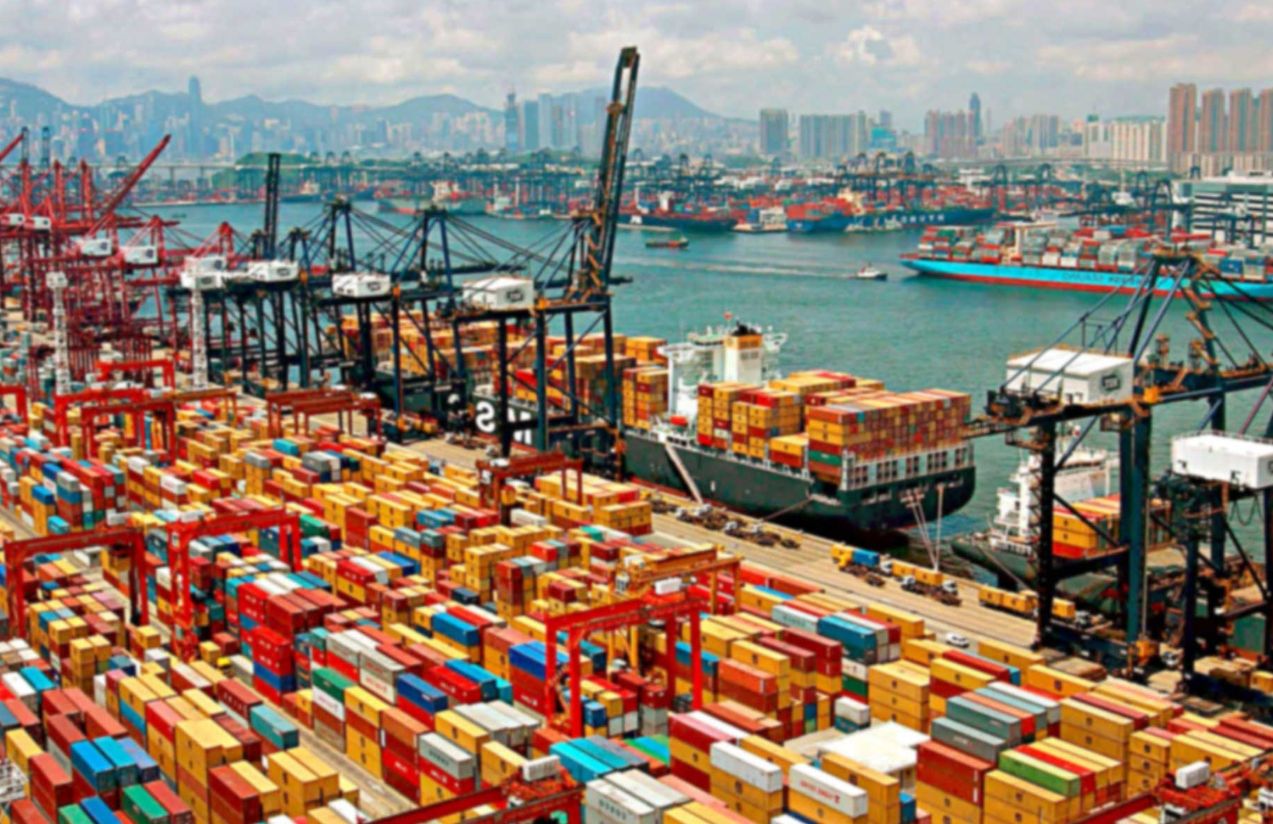August 2025 marked a major shift in U.S. trade policy, as former President Donald Trump reintroduced sweeping tariffs affecting China and numerous global partners. Through a bold executive measure, the U.S. imposed new duties: a base tariff of 10% along with much higher “reciprocal” rates. China now faces tariffs of up to 145%, and countries such as Canada, India, Brazil, and Taiwan were also hit with elevated rates.
The new policy, effective August 1, 2025, aims to address historic trade imbalances and national security concerns, while also helping finance domestic tax cuts. Canadian goods are now subject to 35% tariffs, Brazilian products up to 50%, and Taiwanese goods face 20% rates. Despite recent trade deals with the EU, the UK, and Japan (all facing minimum tariffs of 15%), China is undergoing separate negotiations with a deadline set for August 12.
Financial markets reacted sharply: major U.S. stock indexes fell, unemployment rose to 4.2%, and July’s job growth was lower than expected. The S&P 500 dropped significantly, prompting speculation that the Federal Reserve may cut interest rates in September to stabilize the economy. Still, the U.S. GDP grew 3% in Q2, outperforming expectations despite inflation and rising inventories.
What impact could these tariffs have on U.S.–China trade relations?
The tariffs aim to pressure China into making structural economic reforms and to establish fairer trade conditions, particularly in key sectors like semiconductors and rare earth minerals. While negotiations are ongoing and minor concessions have been made, trade representative Jamieson Greer has stated that the current tariffs are unlikely to be lifted without substantial change from Beijing. Talks have been described as “very positive,” but both sides face a critical deadline on August 12 before further escalation could occur.

